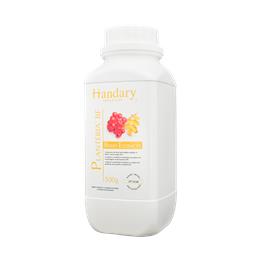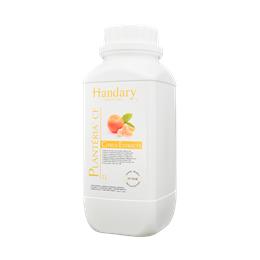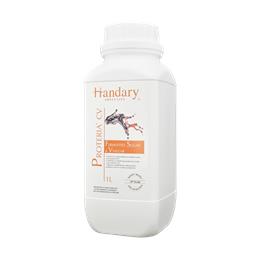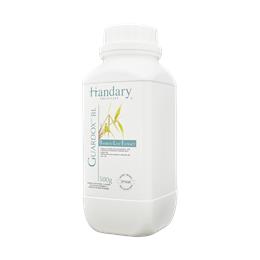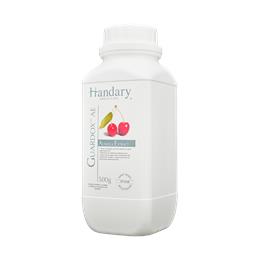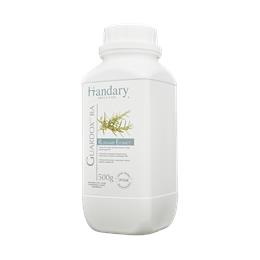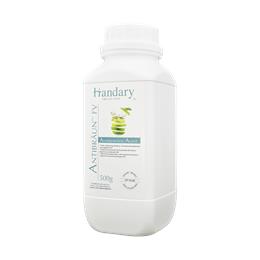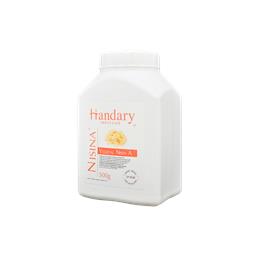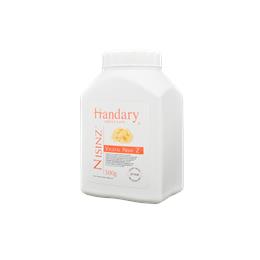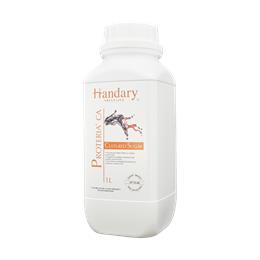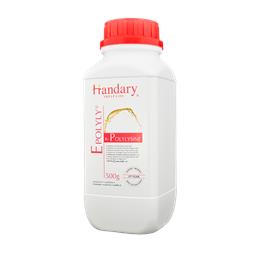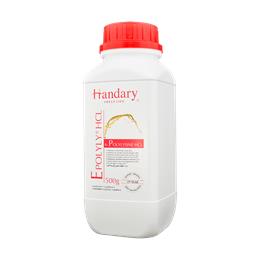Description
Dips and sauces are condiments that are used to add flavor and texture to a variety of dishes. They can be made from a wide range of ingredients, including herbs, spices, vegetables, fruits, and dairy products. Dips and sauces can be used to enhance the flavor of a variety of dishes, including chips, vegetables, meats, and pasta. They are often used as a condiment or a dipping sauce and can be served hot or cold. While they can add flavor and texture to a dish, it's important to use them in moderation as they can be high in fat, sodium, and calories.
Yeasts & Molds
Yeasts and molds can potentially be present in dips and sauces, and their growth can be influenced by various factors such as the quality of the raw materials, processing conditions, and storage conditions of the final product.
Dips and sauces often contain a combination of water, oil, vinegar, herbs, and other ingredients that can support the growth of yeasts and molds. In addition, post-production contamination can occur during processing, storage, and handling of the final product.
Overall, while yeasts and molds can potentially be present in dips and sauces, manufacturers and consumers can take steps to minimize their risk of exposure by implementing proper handling and processing procedures, and using good hygiene and storage practices.
Enzymatic Browning
Enzymatic browning can occur in dips and sauces when enzymes present in the raw materials or in the product itself react with oxygen, causing a brown discoloration of the product.
Enzymatic browning is a natural chemical reaction that occurs when an enzyme called polyphenol oxidase (PPO) reacts with oxygen in the presence of certain phenolic compounds found in fruits and vegetables. This reaction can be accelerated by factors such as heat, pH, and mechanical agitation, and can result in a color change from green or yellow to brown.
Overall, while enzymatic browning can be a common issue in dips and sauces, it can be controlled through various methods to ensure the product remains visually appealing and fresh.
Lactic Acid Bacteria
Lactic acid bacteria can potentially be present in dips and sauces, and are often intentionally added to certain products to provide sour or tangy flavor, as well as to help preserve the product.
Lactic acid bacteria are a type of bacteria that are naturally present in many foods, and can be found in the environment. They are able to ferment sugars to produce lactic acid, which can help to lower the pH of the product and inhibit the growth of other harmful bacteria.
Overall, while lactic acid bacteria can potentially be present in dips and sauces, they are often intentionally added to provide flavor and to help preserve the product. Manufacturers and consumers can take steps to minimize their risk of exposure by implementing proper handling and processing procedures, and using good hygiene and storage practices.
 English
English 简体中文
简体中文 Français
Français Español
Español
